Pictocards from our Journeys

Gallery

Doors into houses from various areas of Turkey.
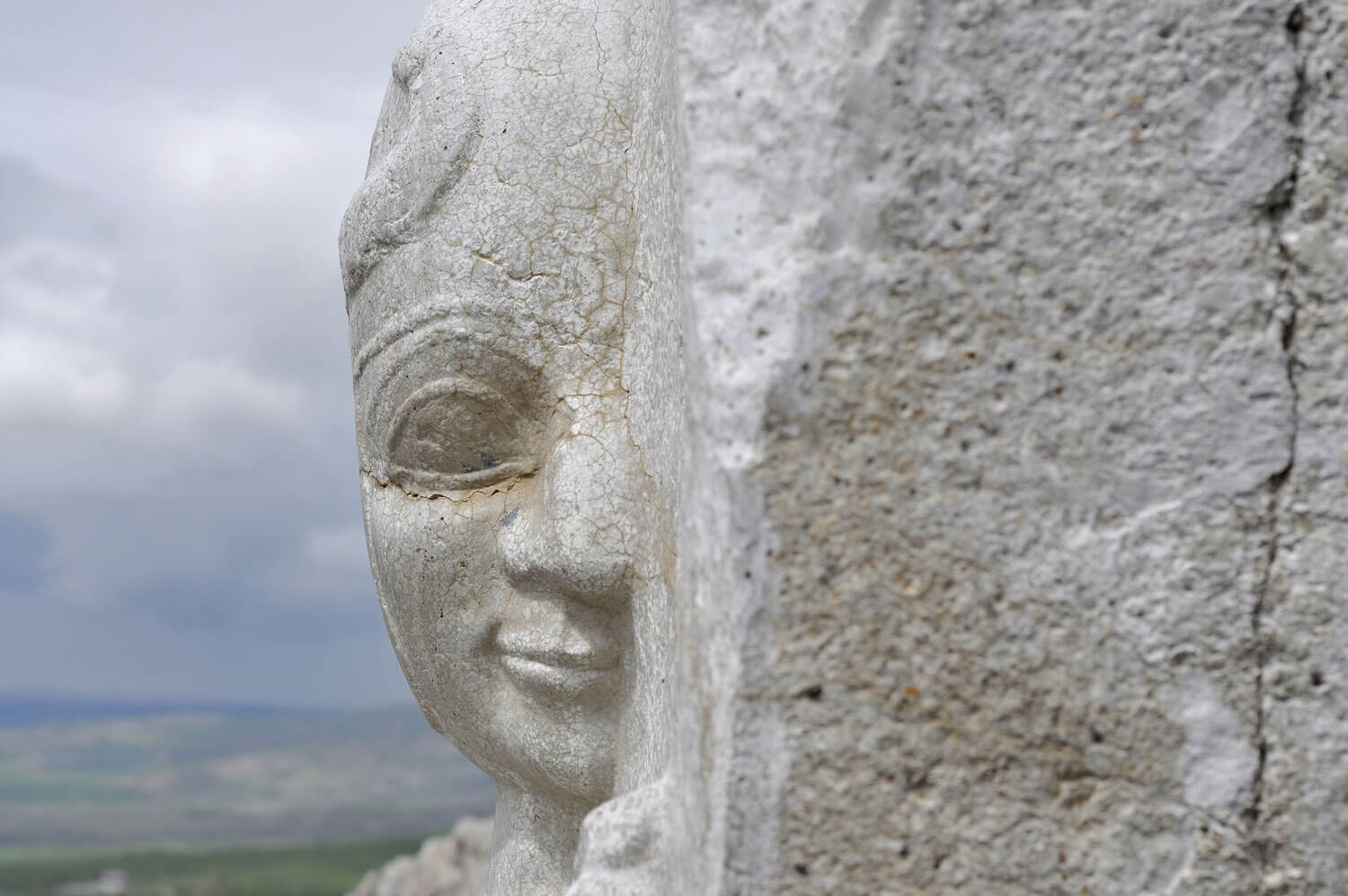
Hattushash
A people of superior military skill and political sagacity, Hittite Empire ruled large parts of Asia Minor and the near East from 1750 BC to their abrupt end in 1180 BC. Hittites, who actually called themselves ‘Nashi’ and never ‘Hittite’, have been credited for a great deal of breakthroughs in metallurgy, jurisprudence, agricultural and military technology. The thousands and thousands of formal and commercial Hittite records (in form of clay cuneiform tablets) unearthed and deciphered every year bring brand new lights on our understanding of “The Age of the Heroes”, extending from ancient Egypt to Babylon and to Mycenae.
The site is to say the least breath-taking. You actually drive through it to see it. A massive temple complex, a colossal city wall, huge sphinxes, slabs, tunnels, monumental storage jars help us visualize this most mysterious power of the remote antiquity.
Hattushash, the Capital of Hittite Empire, located 180 kms east of Ankara.
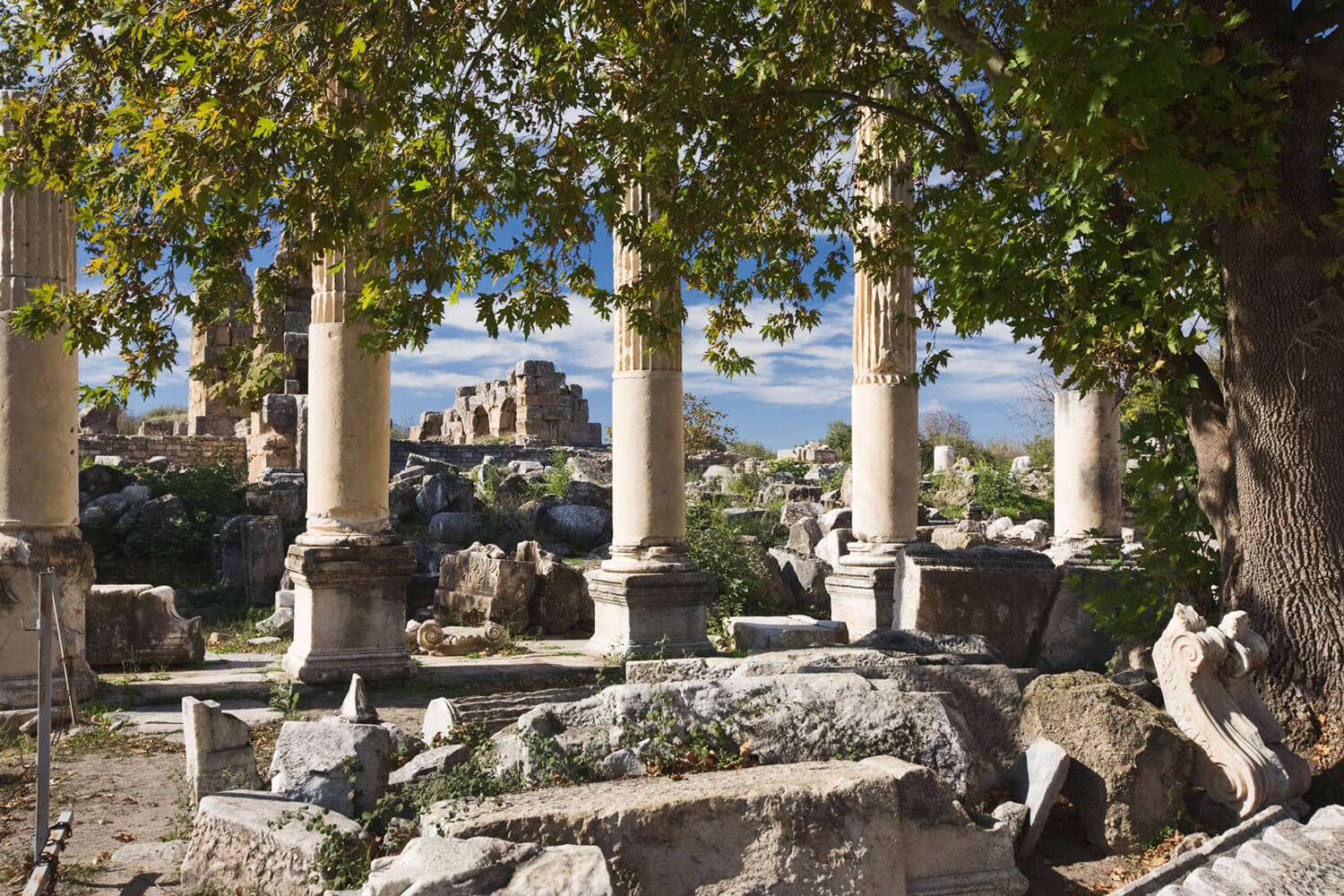
Aphrodisias, two-and-a-half-hours up the beautiful Meander Valley, is one of the world's most complete and extraordinary excavations of an ancient site.
More than almost any other place, Aphrodisias gives a sense of the grandeur and extent of the lost classical cities. When the work is done, Aphrodisias will surpass Ephesus as the premier archaeological site in Turkey.
The whole city is still here. Its walls fell down in earthquakes, but its remoteness discouraged the pilfering and re-using of the stones. Slowly, they are being dug up, identified, and matched together to recreate the city. Each year, it grows. Nonetheless, because of its distance from the coast, few see it. If you have not seen it, you must go. You will be glad that you did.
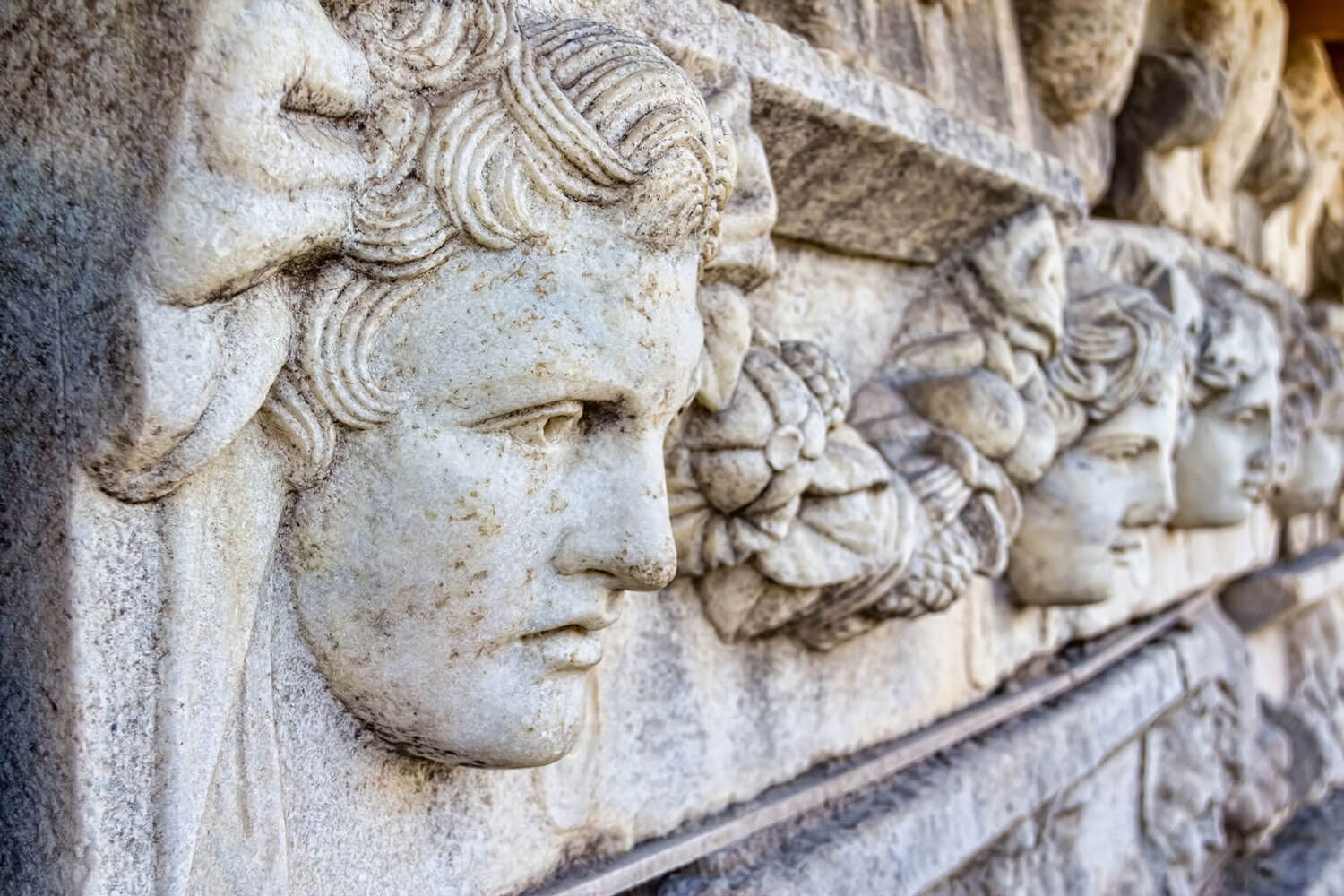
Aphrodisias

Istanbul’s district of Pera on a snowy evening, where the cosmopolitan energy of the city is concentrated.
By the beginning of the 18th century, Istanbul gained a dual-centric structure created by Pera on the ‘other side’ of the Golden Horn.
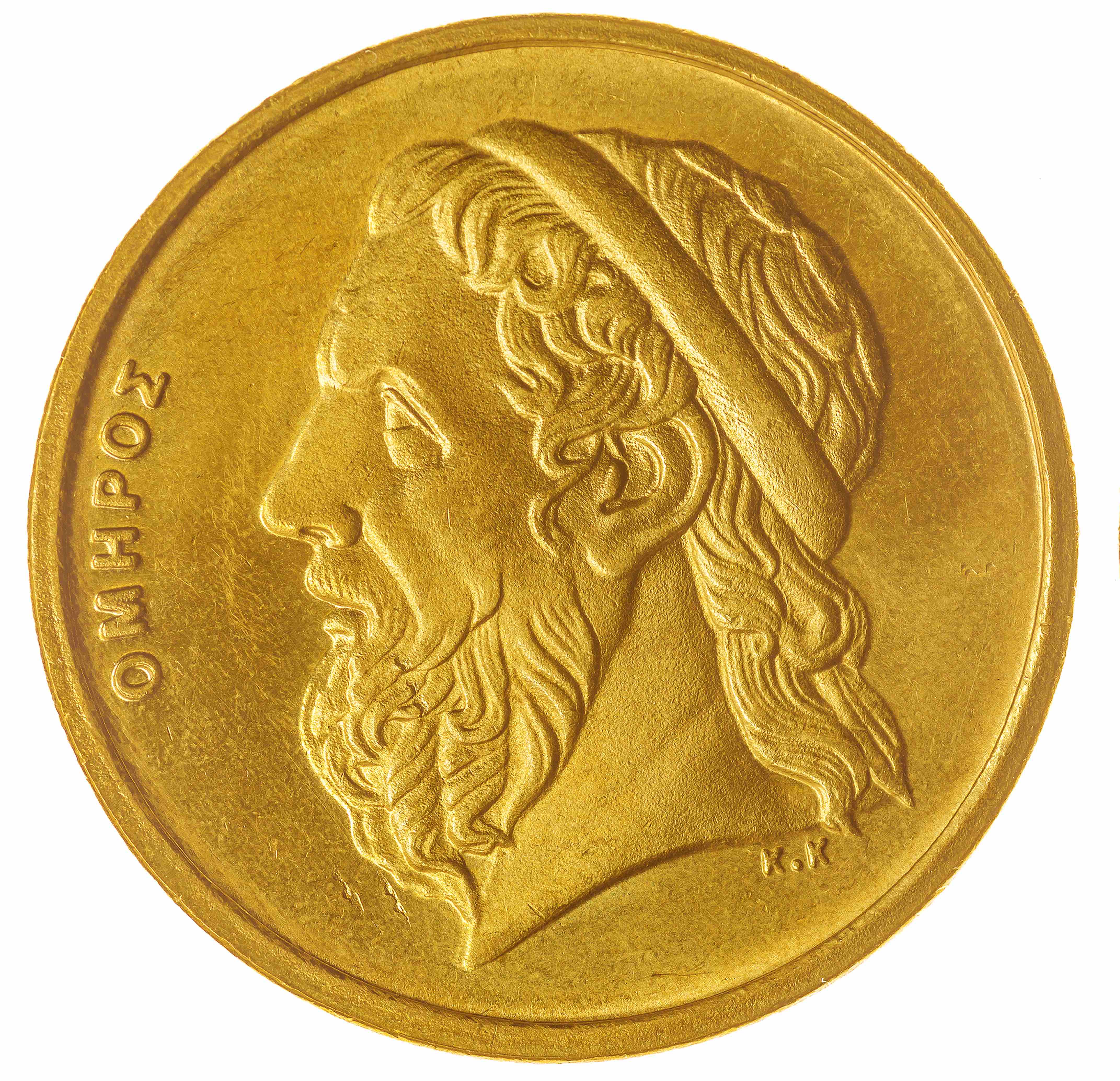
Homer
We’ve been searching for Troy because of Homer’s Iliad.
The Ilad is an epic of incalculable impact; outside of religion it is the oldest story of the Western Civilization. It is attributed to a Homer of Smyrna (today’s Izmir) who traditionally lived in early 8th century BC. His historical person has been of much dispute.
One scholar describes Homer as “an old man with a long white beard, or another old man with a long white beard of the same name!”. What that means is that it does not really matter whether he actually existed or not, as the power and impact of The Iliad are not dependent on scientific verification.
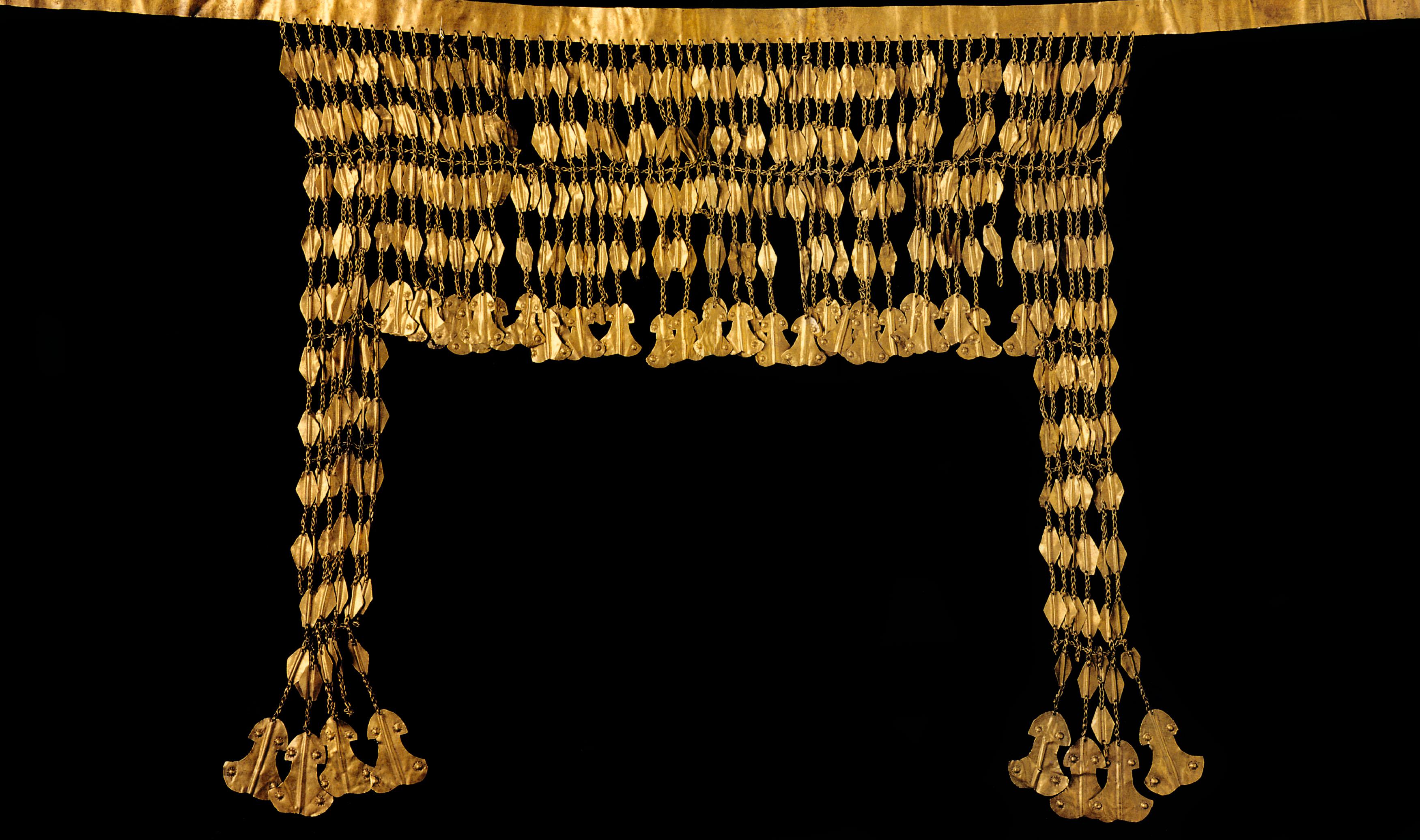
Troy and The Age of Heroes
Homer sang about events that were ancient to him. These events were a part of the Legend of the Trojan War – arguably the most famous story of all. The Legend is to be seen as a mirror into the world of the Bronze Age (in Turkey dated 3300 BC to 1180 BC).
The Bronze Age is romantically referred to as “The Age of Heroes”. It was of a world that did not have much faith in an afterlife. In the absence of an immortal soul that would survive death, the only way to become immortal was to live on in the hearts and the lips of common people- and the sure way to achieve that was to accomplish heroic, ultra-human deeds.